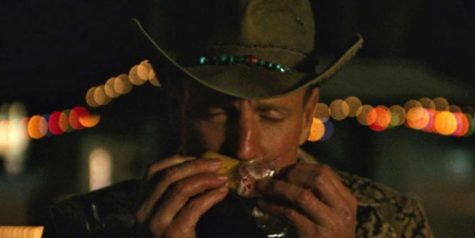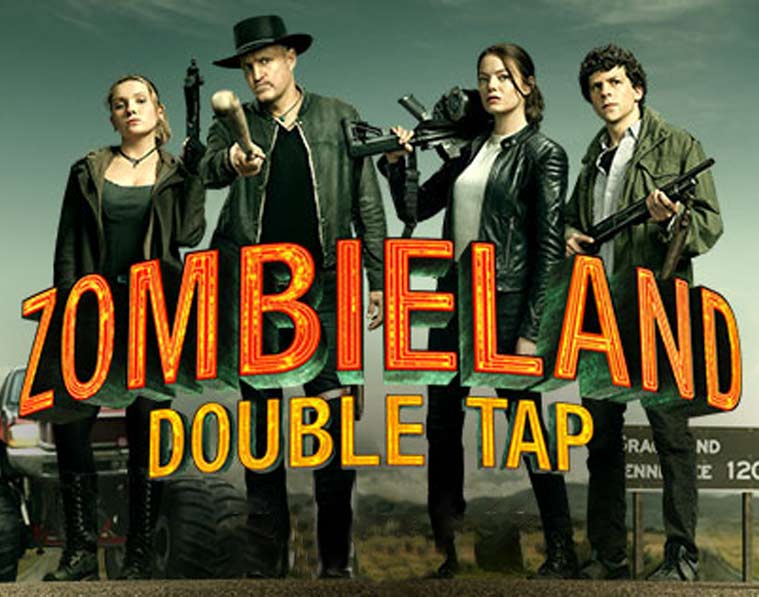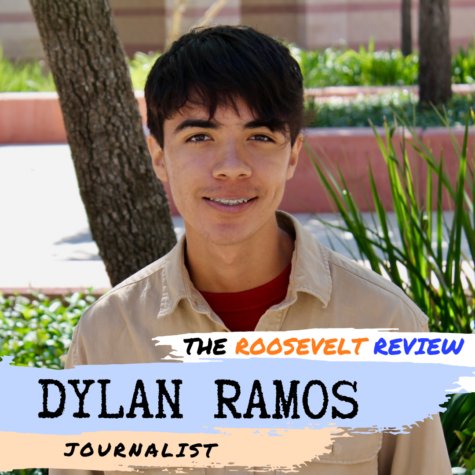Zombieland Double-Tap After Thoughts
October 25, 2019
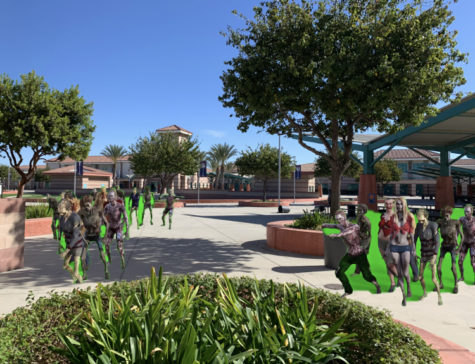
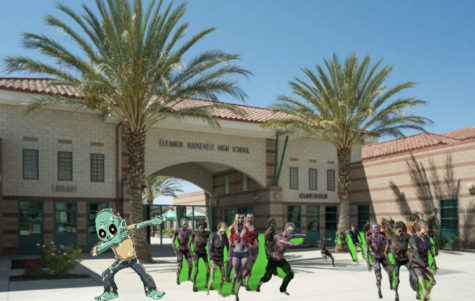
After almost ten years after the first installment into this wacky world of zombie-killing misfitting survivors became a hit in theaters, Zombieland Double Tap has finally arrived to deliver more of the first movies’s main laughs and over-the-top comedic action.

The four main stars Jessie Eisenberg, Emma Stone, Woody Harrelson, and Abby Breslin make their return gladly as main characters Columbus, Wichita, Tallahassee, and Little Rock, having been ready for a sequel before the first film had even released, and a crew of new characters join in to conflict and compliment them as well.
The Zombieland duology is a far cry from most popular traditional zombie entertainment. TV shows like The Walking Dead and movies like World War Z typically portray outbreak scenarios as dark, gritty, defeatist, and very dull, with protagonists and antagonists usually embodying conflicting or desperate to co-operate aspects of the human spirit. Character Rick Grimes from The Walking Dead is an amalgam of leadership and perseverance, and Negan one of cruelty and dominance.
I asked ERHS senior Wisdom Obeziu what he thought of the tonal difference between Zombieland and other zombie medias.
“Compared to other zombie movies zombieland has a much lighter, comedical tone and while other zombie movies and shows present zombies as a huge threat I feel Zombieland portrays zombies in a more silly way which makes the most sense to me because they’re dumb, slow most of the time, and easy to kill.” Obeziu appreciates the difference, finding it as I did a relief in change.
I asked another senior, Yuan Legaspi, about the specific difference in character choices. According to him Zombieland’s characters were “much more vibrant and less complex.” He preferred the original over this sequel. When asked about his favorite scenes he said his “favorite parts were the scenes where they were driving, least was Babylon.”
It’s not at all the same in the Zombieland duology; the characters are much more personalized, and audiences can feel more comfortable putting themselves in their shoes as if they’re along for the ride. Columbus is a nervous and germaphobic neat-freak, and Wichita a distrustful clever con-artist. Little Rock wants to experience being a kid and growing up in Zombieland, while Tallahassee is a hard-set gung-ho zombie slayer with a secret soft spot for paternity.
At the first movie’s end our characters embrace each other as a sort of rag-tag motley crew family, driving out into the distance in search of a home to settle down in. While taking place 9 years later we pick up right where they left off, with our characters, under the motto “go big or go home,” storming the White House itself to take up residence.
Wishing to strengthen the bond between them Columbus proposes to Wichita, scaring her and her sister off before the latter finds a man to run off with in an exciting side-fling. Columbus and his attempted betrothed reunite and the crew set off to find Little Rock, with the unwelcome guest of Columbus’s own side-fling tagging along and driving a divide between Columbus and Wichita.
The original movie raised the question of Columbus and Wichita being quite a random couple cooped together under circumstance. This movie addresses that with their rejection of each other on their journey, and their rekindling towards the end. The ultimate resolution is, again picking up where the original left off, that home is not about where you are but about the company you’re with.
However, there was one brilliant element of the original film that didn’t make a return; the excellent sub-plot of Tallahassee’s search for one last Hostess Twinkie. What did Wisdom Obeziu think of this original sub-plot’s closure in the first film?
“When Tallahassee got his Twinkie I felt like that was the most perfect ending for this movie, every plot was resolved.” It was extremely satisfying.
